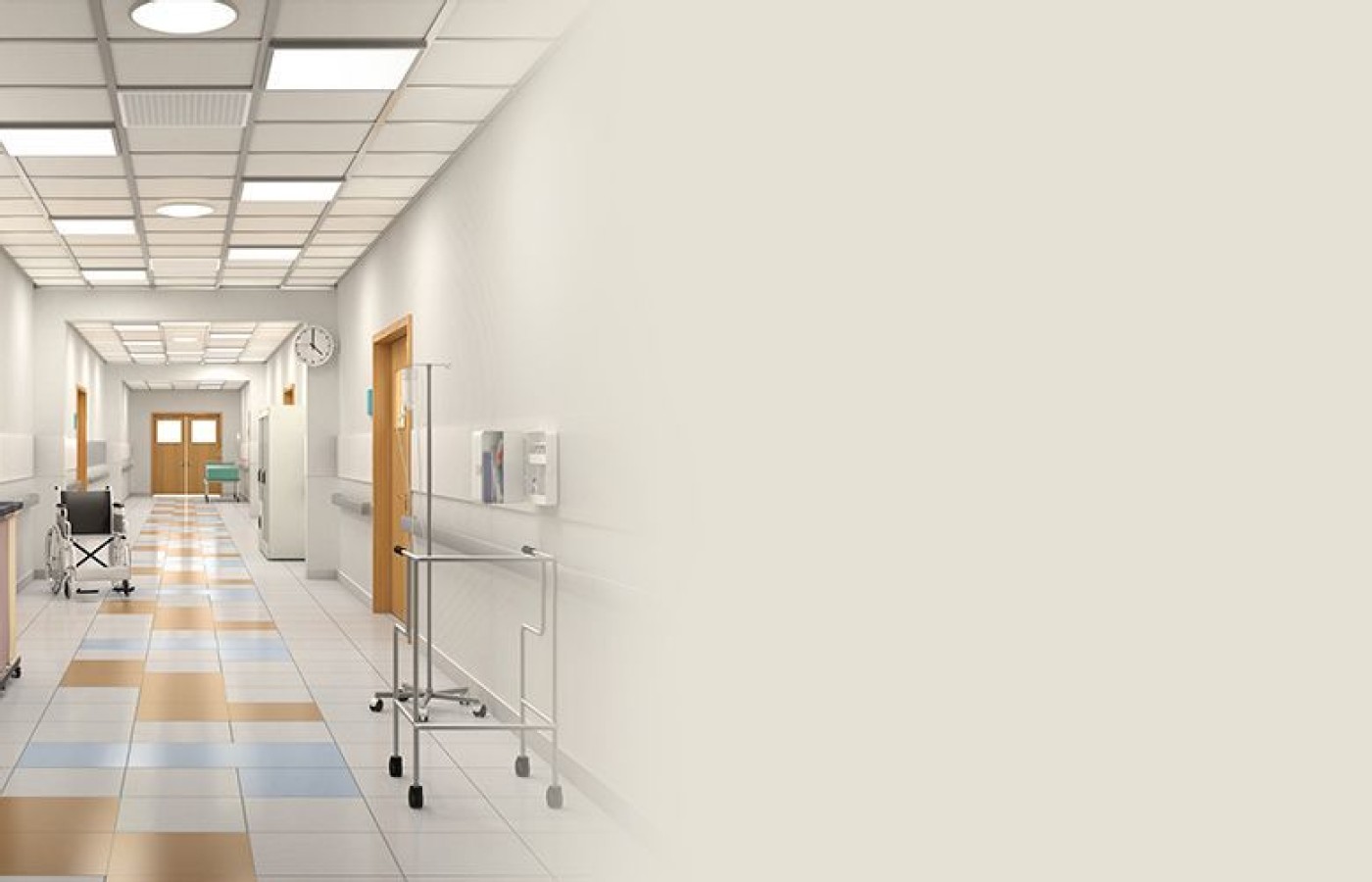Whether you accept it, avoid it or live somewhere in between, insurance coverage has become a defining issue for our profession. Patients increasingly expect to use their benefits, practitioners want to be compensated fairly for their time and expertise, and the system itself remains – at best – fragmented. The encouraging news is that coverage has expanded in meaningful ways. The challenging news is that reimbursement, across the board, remains inadequate.
Acupuncture: More Effective in an Integrated Health Care System?
Editor's Note: Kaiser Permanente is an integrated managed health care consortium that operates within the U.S. – including the states: California, Colorado, Georgia, Hawaii, Maryland, Oregon, Virginia, Washington, and the District of Columbia.
Acupuncture has traditionally been used in the primary care setting as a supplemental stream of care for patients. Patients can seek out or be referred to outside acupuncture providers based on their patients need. The patient then must make an appointment at another facility, on another day, and take more time out of his or her busy life to get the care he/she needs. Imagine being able to offer patients the option to, in the same doctor's visit, walk down the hall and receive acupuncture treatment. Better still as acupuncturists, imagine being able to have access to that patient's medical history with the click of a button.
All Under the Same Roof
I have performed acupuncture at a Kaiser Permanente in Colorado for five years. My practice benefits from the information available through Kaiser Permanente's advanced electronic medical records system. Before I meet a patient for the first time, and prior to each visit, I have access to a holistic and accurate patient record that enables me to assess their medical condition and often plan a course of treatment. I read about their recent encounters with other members of our medical staff, their current medications, their problem list, and even their communication preference. I can also access impressions and reports of X-Rays, MRIs, CT scans, as well as blood work. All of this enables me to provide the highest level of care for my patients.

There has been little interaction between providers practicing Western and Eastern medicine, mostly because the respective practitioners have little knowledge of the others' fields of study. They may view each other with a degree of skepticism. Like many other types of fundamental differences, it takes a time for barriers to dissolve.
At Kaiser Permanente in Colorado, the focus of acupuncturists, as well as chiropractors and massage therapists, is challenging these industry norms and encouraging us to work with physicians, often in real-time. A practice that emphasizes integration of care—all providers working together, patient records available in an instant, and developing a plan of action with the patient instead of for the patient—has a multitude of benefits.
Kaiser's Model of Integrated care
Three specific situations have contributed to the success of an integrated Eastern/Western medical model at Kaiser Permanente. In the past, patients often tried acupuncture only after exhausting all other pain treatments, such as opioid-based drugs, cortisone injections, physical therapy, or perhaps even an unsuccessful surgery.
To help combat chronic pain syndromes in America, the Centers for Disease Control and Prevention (CDC) recommended acupuncture as well as other complementary modalities in 2017. Because of this recommendation, as well as Kaiser Permanente's cooperative team approach, acupuncture has gone from getting an occasional positive nod from physicians to often being one the first modalities for treating pain conditions.
Second, Kaiser Permanente physicians refer to our department, recommending acupuncture to patients seeking pain relief who are awaiting a surgery, a consult with a surgeon, or are deemed ineligible for surgery. Acupuncture also serves to relieve pain between other treatments, such as cortisone injections, which have limitations on how often they can be administered.
Acupuncture Insurance Coverage at Kaiser
Finally, many health insurance plans at Kaiser Permanente have recently started to include an affordable acupuncture co-pay benefit. This is an enormous step for the field of acupuncture, our practice and the patients who may now consider acupuncture. I believe that Kaiser Permanente's integrated medicine model not only illustrates the strides that acupuncture has made within our organization, but also how it positively impacts our patients' overall medical care. Acupuncture has a place in mainstream medicine, and I am excited to see it growing in this direction.



